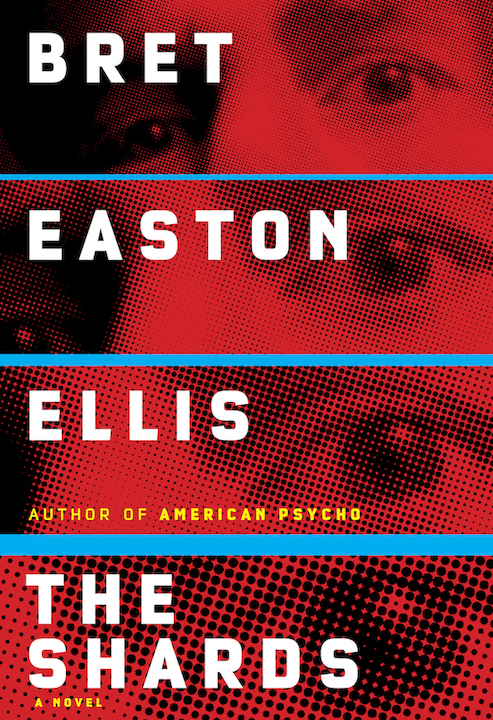In 1985, the debut novel of Bret Easton Ellis, Less Than Zero, was a stunning ‘hello’ to an obviously gifted writer with a flair for pop culture. It dug into the minds of its teenage protagonists and was made into a 1987 film starring Andrew McCarthy, Jami Gertz, and Robert Downey Jr. In 1991, his third novel, American Psycho, took great pains to recount in page after page the mind-numbing trivialities of Patrick Bateman, a narcissistic investment banker – the clothes he wears, the music he listens to, the coke he snorts – juxtaposed with the even more mind-numbing gory details of the people he murders and dismembers. This, too, was made into a film starring Christian Bale as the odious protagonist.
Four more novels ensued. Now, Ellis is back, 13 years after his last novel, for The Shards, a story he claims he’s been wanting to write his whole life… since it’s about him. We meet the 17-year old Ellis in Los Angeles during his senior year of high school. He had already started Less Than Zero, but is paranoid, isolated, lusting after his male friends and doing a lot of drugs. Enter Robert Mallory, a quixotic, gorgeous boy with a dark secret. Ellis yearns for him but does not want to come out, especially to his girlfriend, the vapid, socially-conscious dilettante who cares more about the shade of her nail polish than she does about the fact that there’s a serial killer preying on teens in the neighborhood. Ellis and his friends are all privileged white kids driving their Mercedes Benz’s, listening to a ton of 1981 music, snorting coke, doing Quaaludes, drinking alcohol, and smoking pot while complaining what a horrible life they have.
Ellis starts to think the new kid is the serial killer (known as The Trawler) who sneaks into rich people’s homes, rearranges the furniture, steals their dogs, and ultimately kills. The suspense is ratcheted up chapter by chapter for the duration of its massive 503 pages to the point where you start to share his fears but can’t stop reading. The end of innocence is at hand. As these not-very-likable characters pass from adolescence to adulthood, Ellis can’t understand why they don’t seem to care about this killer in their midst. His sense of isolation grows exponentially as he litters each page with drugs, sex, more drugs, more sex, and rock and roll. (Post-punk, new wave, alt rock, and some Springsteen make quite the ’81 playlist.)
The gay sex scenes between Ellis and some of his boy-toys are up-close, in-your-face, graphic, and filled with bodily fluids. He also does a lot of masturbating, but by the time he confronts Robert Mallory, one of the tight-knit group of friends is missing and presumed dead. Plus, the father of his girlfriend inveigles him into his office with the opportunity to write a screenplay but only wants him to take his pants off. Ellis lets the deed happen, is disgusted by it, but not enough to not return.
Is Robert Mallory The Trawler? Can Ellis get out of his stoned stupor long enough to find his missing puppy? It seems the author has taken his two most successful novels – Less Than Zero and American Psycho – and mashed them together to create his most readable, suspenseful, gory, semen-splattered saga yet.
Confusingly enough, although this story is something that has ostensibly happened to him that he submerged within his subconscious for decades, it is entirely a work of fiction. What he purports to be the story of his life up front, turns out to be yet another leeringly-told fantasy about the vicissitudes of being young, white, entitled, and wealthy. As such, it’s a monster curve-ball, but getting there is the fun.



